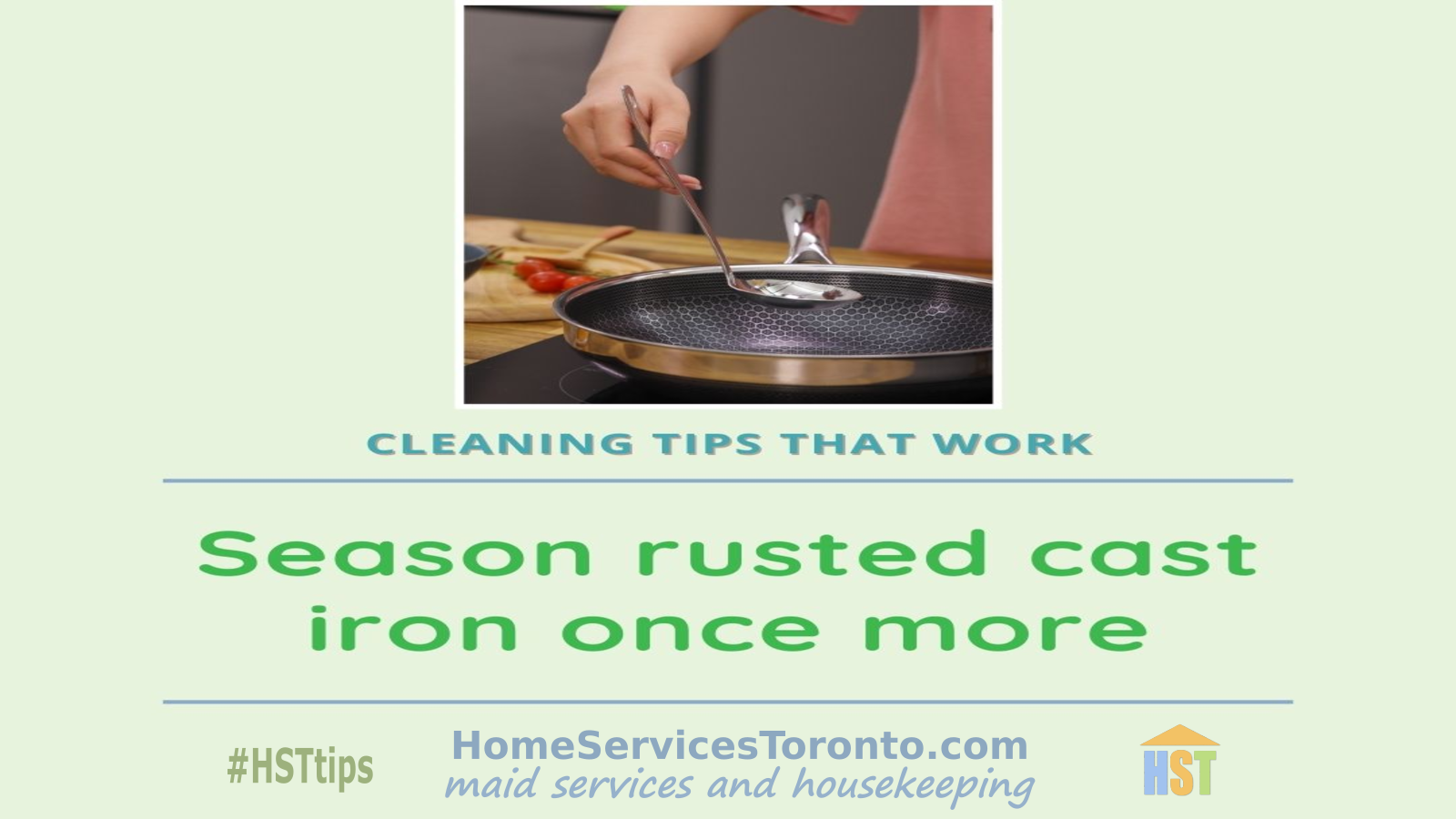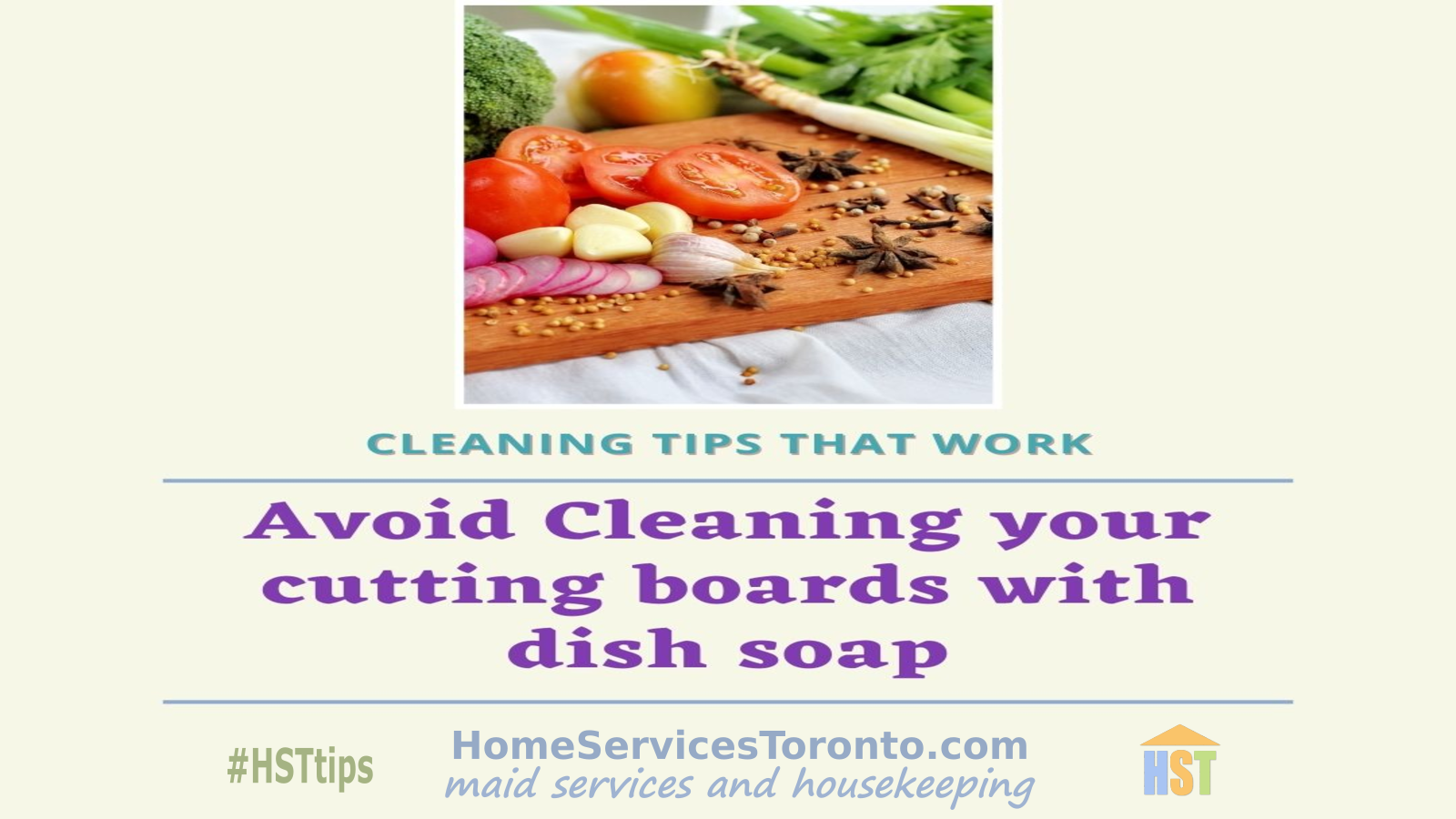Get rid of wine stains
Introduction
Wine is a staple in many homes and social gatherings, but it's also one of the most notorious substances for staining. Red wine, in particular, is notorious for leaving behind stubborn marks that are difficult to remove. While the sight of a red wine stain can be a party pooper, the good news is that with the right methods and ingredients, you can effectively get rid of wine stains.
How to Remove Wine Stains from Clothes
White Wine to the Rescue:
Believe it or not, white wine can actually help remove red wine stains! If you happen to spill red wine on your clothes, quickly pour some white wine on the stain to help dilute it. Then, rinse the garment with cold water and place it in the washing machine with a stain-fighting detergent.
Vinegar and Baking Soda:
Vinegar and Baking Soda Two of the most natural and effective methods for removing wine stains from clothing are vinegar and baking soda. Make a paste by combining equal parts of white vinegar and baking soda. After applying the paste to the stain, allow it to dry for fifteen minutes. After that, wash the garment as usual and rinse it off with cold water.
Salt:
Another natural ingredient that can assist in removing wine stains from clothing is salt. Simply apply salt to the stain, allow it to dry for ten minutes, and then wash it off with cold water. This can be done again and again until the stain is gone.
How to Remove Wine Stains from Carpet and Upholstery
Blotting:
How to Remove Wine Stains from Carpet and Upholstery Blotting: Blotting is the first step in removing wine stains from carpet and upholstery. Use a white, clean cloth to blot the spill. The wine will be absorbed as much as possible by this, preventing the stain from spreading.
More Vinegar and Baking Soda:
Vinegar and baking soda can be used to remove wine stains from carpets and upholstery, just like they can be used to clean clothes. Make a paste by combining white vinegar and baking soda in equal parts and applying it to the stain. After 15 minutes, remove it with a white, clean cloth.
Club Soda:
Another effective method for removing wine stains from carpet and upholstery is club soda. Simply apply the stain with club soda and blot with a white, clean cloth. Continue until the stain is removed.
FAQs
1. What should you do if the wine stain is already present?
It is still possible to remove the wine stain even if it has already established itself. However, it may require additional effort and multiple treatment sessions. Try combining vinegar, salt, baking soda, or club soda.
2. Can wine stains be removed with hot water?
When removing wine stains, avoid using hot water because heat can set the stain and make it harder to remove. Instead, use cold water.
3. Can I use bleach to remove wine stains?
Bleach is not recommended for removing wine stains as it can cause discoloration or fading of the fabric. Stick to using natural ingredients such as vinegar, baking soda, salt, or club soda for the best results.
4. Will these methods work for all types of fabrics?
These methods are suitable for most types of fabrics, including cotton, linen, and polyester. However, it's always best to check the care label on your garment to make sure that the fabric is suitable for the specific method you're using.
Conclusion
Wine stains can be a frustrating problem, but with the right methods, they can be effectively removed. Whether you're dealing with a red wine stain on your clothes, carpet, or upholstery, try using white wine, vinegar baking soda, salt, or club soda to get rid of the stain. Remember to always test the solution on a small, inconspicuous area of the fabric first to ensure it doesn't cause any discoloration or damage. Now, you can enjoy your glass of wine without the worry of stubborn stains! Get rid of wine stains with ease and keep your belongings looking their best.
If you're still struggling with removing wine stains, don't worry. Our professional cleaning services are here to help! Contact us today and let us handle your cleaning needs.



